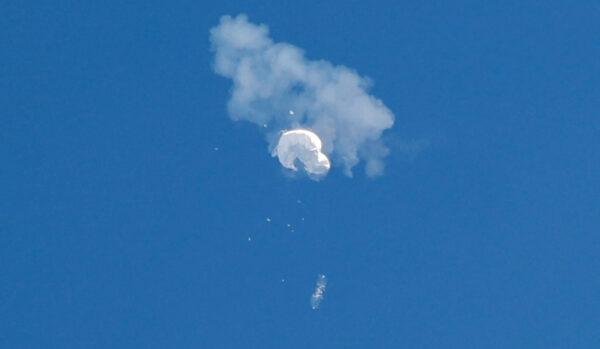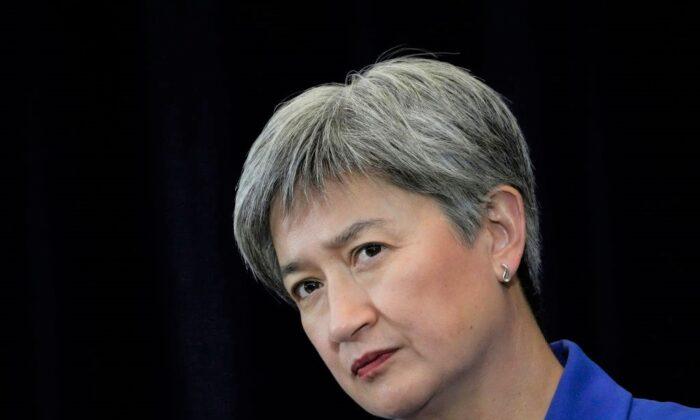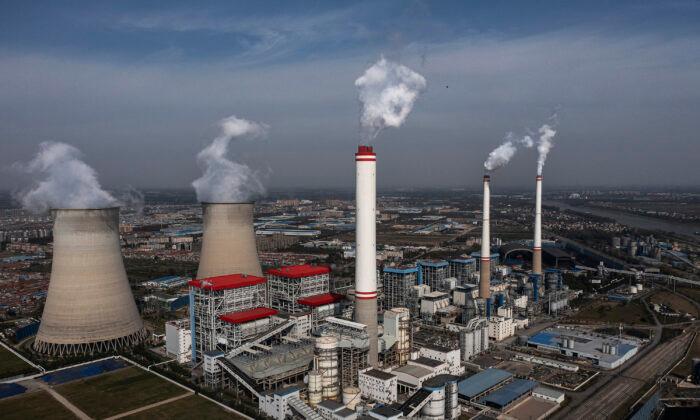Following the downing of a Chinese surveillance balloon by the U.S. military, Australia’s foreign minister says that while there are concerns about international laws being violated, her government would continue engaging with Beijing.
“We will cooperate where we can, we will disagree where we must, but we'll continue to engage in our national interest.”
The minister also urged the United States to do the same, believing it to be important that competition does not “escalate into conflict.”
“We share the U.S. concerns about the infringement or the violation of international law, but what we would now encourage is continued dialogue because the world wants a peaceful, stable, prosperous world. And that means the great powers will need to continue to engage,” she said.
But former Defence Minister Kevin Andrews warned against being so quick to continue engagement without being clear in its criticism of the Chinese regime’s actions.
“The flight of the spy balloon over U.S. military bases was a calculated breach of international law,” he told The Epoch Times in an email.
“While Australia should endeavour to engage the CCP, it must condemn such actions and be mindful of the regime’s ongoing disdain for international norms.”
Former executive director of the Australian Strategic Policy Institute (ASPI) Peter Jennings said he was not aware of any balloon incidents in Australia, but warned of its possibility and urged the government to be prepared.
“The real test for Australia is what would we do if we found one over Alice Springs, for example.
“Would we have the gumption to do what the Americans have? I believe we should.”

Australia-China’s Thawing Relations
The incident comes just before Australian Trade Minister Don Farrell meets his Chinese counterpart in a bilateral video conference on Feb. 6.Ahead of the first meeting between the countries’ trade officials in three years, the Australian government was confident that Beijing would eventually remove trade sanctions on a range of goods.
“These problems are not going to be solved overnight, and all of the problems are not going to be solved straight away ... But we need to start the process.”
‘Unacceptable’: U.S. State Department
The Chinese spy balloon was shot down after President Joe Biden gave the go ahead to “take down the surveillance balloon as soon as the mission could be accomplished without undue risk to American lives under the balloon’s path,” Secretary of Defense Lloyd Austin said.He added that the balloon was being used by Beijing “in an attempt to surveil strategic sites in the continental United States.”
After “careful analysis,” Austin said they ruled out the possibility of downing the balloon over land “due to the size and altitude of the balloon and its surveillance payload,” which would pose an “undue risk to people across a wide area.”
U.S. officials previously estimated its size at about three school buses, flying at about 18,000 metres (60,000 feet).
The balloon flew from China, then to the Aleutian Islands of Alaska, and through northwest Canada before arriving somewhere in Montana on Wednesday, according to reports. Montana is one of three homes for U.S. nuclear strategic silos.
The incident caused Secretary of State Antony Blinken to postpone his trip to Beijing just hours before he was scheduled to depart Washington for a two-day visit.
“We have noted the PRC [People’s Republic of China] statement of regret, but the presence of this balloon in our airspace is a clear violation of our sovereignty as well as international law, and it is unacceptable that this has occurred,” the official said.





